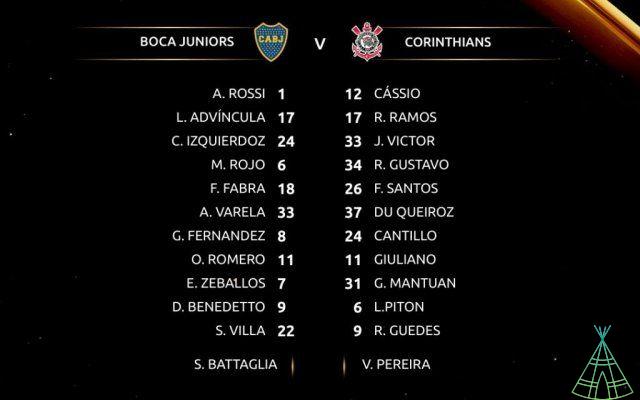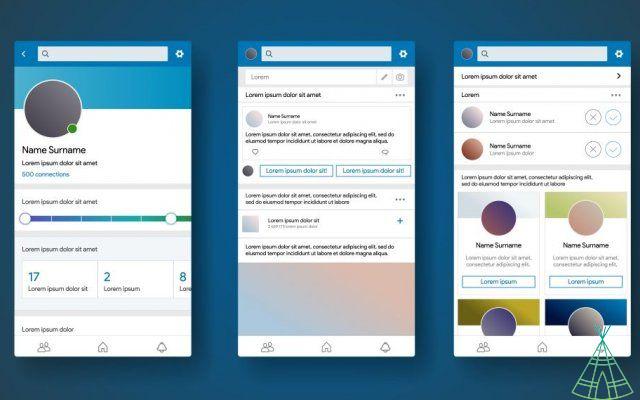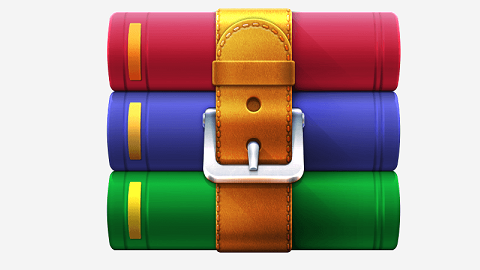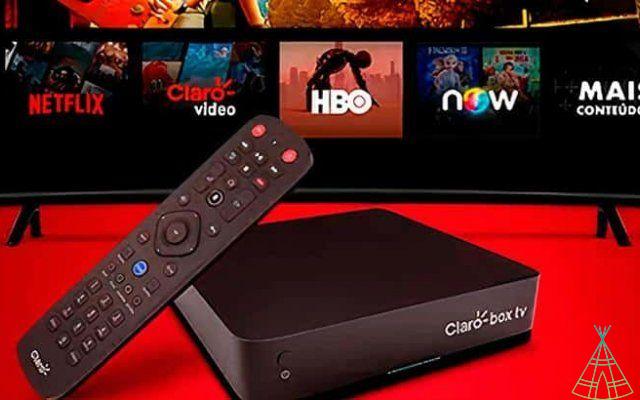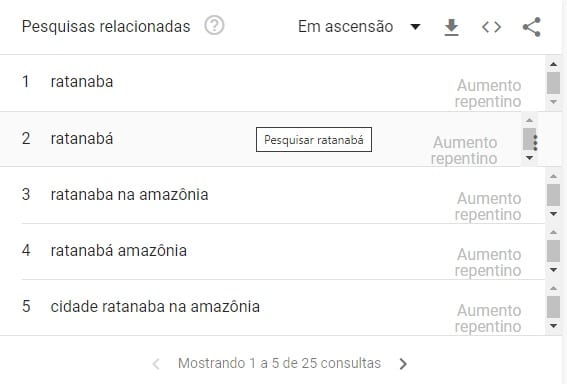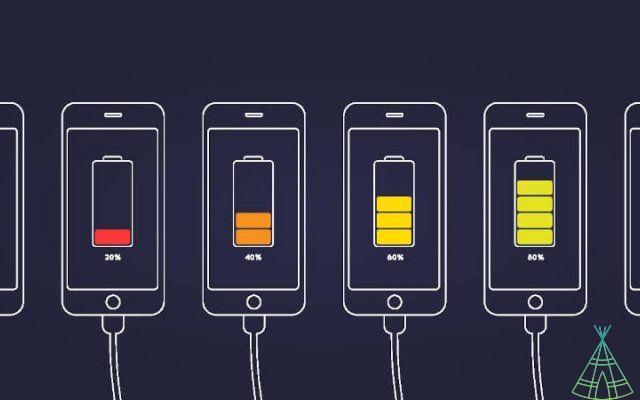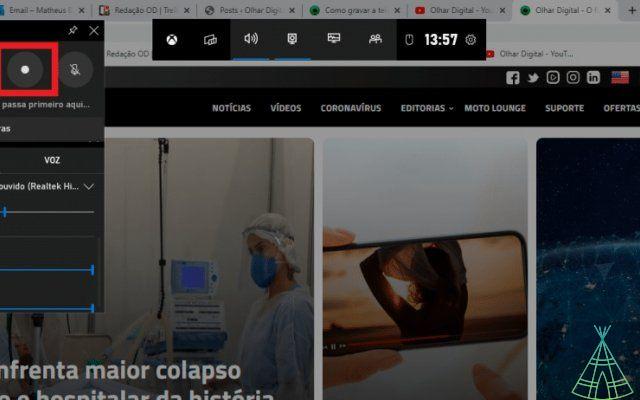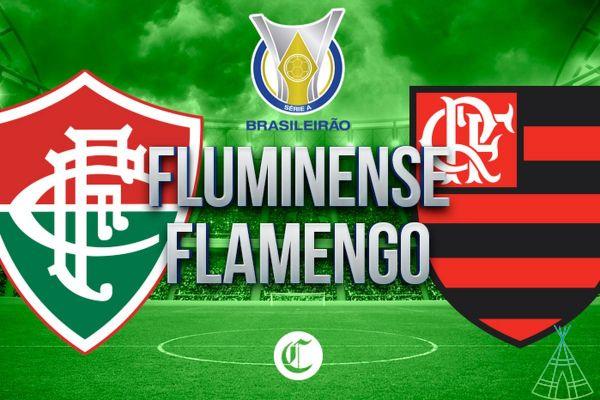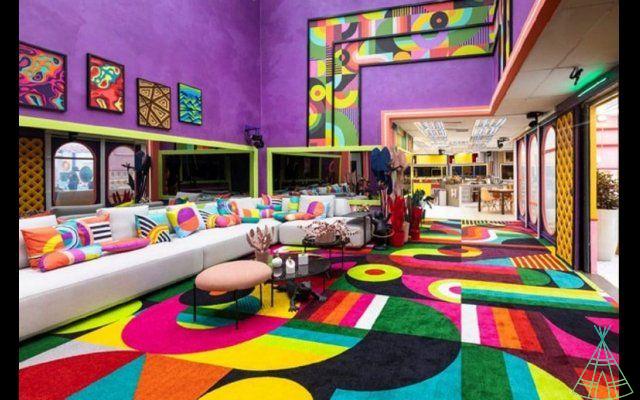Whether you're a mobile or computer user, you've certainly used an operating system. It is a software, or a set of software, which is essential for using a device, PCs or smartphones. Operating systems have the main function of managing the resources and functionalities present in a system, from stored files, installed applications, and even the hardware available for the machine.
An operating system, in short, is the interface between user and machine. It's Windows, on computers, or Android, on cell phones. Check it out below, in the special article produced by Technology Refugee, the key information you need to know about operating systems, plus some examples of the world's most popular OSes.
What is an operating system and what is it used for
Operating system is, in a way, the “soul” of a computer or cell phone. It is from there that users can install and open programs, check stored files, manage hardware components and much more.
The operating system is the interface between the user and the machine. He is the one who checks if all the hardware components are working, if the software is properly installed and ready to work, and much more. It transforms actions made with the mouse or keyboard into actions to be performed by the installed programs, thus managing the resources (the RAM memory) necessary for the application to function.

Despite being better known on cell phones and computers, operating systems are spread across all types of existing devices: a video game console has its own system, as well as smart TVs and even some TV Box models.
In the past, these operating systems were text-based, as in the case of the old MS-DOS, which required the user to know ando lines to use them. Over time, they gained graphical elements (GUI, graphical user interface), which facilitated their use and were fundamental in the personal computing revolution between the 1970s and 1980s.
Operating system types
The best-known operating systems are those present in the fewest devices: cell phones and computers. In the case of computers and laptops, the best known are Linux, macOS, Windows and Chrome OS. All of them, even if different from each other, have a graphical interface to facilitate use, and manage all the resources necessary for an application to work, for example.
In the case of cell phones, there are two major OSs currently available on the market: Android, developed by Google and found in most Spanish cell phones; and Apple's iOS available on iPhones. These systems also have adaptations for operation on tablets.
There are still operating systems for consoles: the current Xbox Series S and X use a modified version of the Xbox One operating system. The PlayStation 5, on the other hand, uses a very different system from the PS4 and which was developed internally by Sony. The Nintendo Switch also has its own system, albeit with limitations and aimed almost exclusively at games.
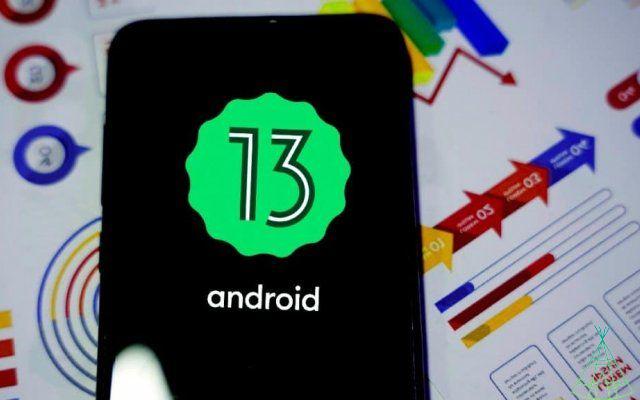
There are still systems aimed at other types of devices. Google has Google TV, for smart TVs and some devices like Chromecast. Still in the world of smart TVs, LG models have a system called webOS, initially developed for cell phones but which has been adapted for TVs.
Operating system examples
Windows
The most widely used system on computers around the world, Windows was originally released in the 1980s as an evolution of the old MS-DOS. The latest version called Windows 11 is constantly being updated by Microsoft.
Android
Launched in 2008, Android is an operating system for cell phones and tablets developed by Google. Because it is an open source platform, it can be modified by manufacturers who want to include it in devices – this is what many companies, including Samsung and Xiaomi, do when launching their own Android for their smartphones
Linux
Another open source system is Linux, which is well known for being highly customized by users, who are thus able to adapt it to their desired use. Even so, there are several different distributions of Linux, Ubuntu being one of the most popular. On the other hand, Linux ends up demanding more technical knowledge from the user than other OSes – those who are fans say that it is worth learning, just to not have to be stuck with offers from Microsoft, Google and Apple.
Featured image: rawf8/Shutterstock
Have watched the new videos on YouTube from Technology Refugee? Subscribe to the channel!




